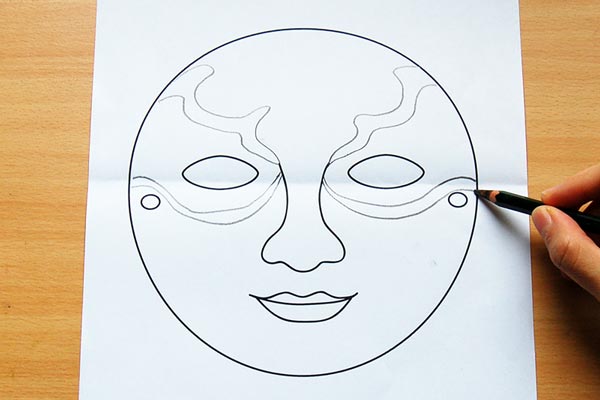

Anyone wearing a white mask is usually the villain. White: sinister, evil, crafty, treacherous, and suspicious. Wikipedia nicely summarizes the meaning of each color of mask with the following handy chart (which I have copied verbatim):

The spirit and personality of each character is effectively color coded. These masks hearken back to an ancient tradition of face-painting among warriors and, as with war paint, the colors and patterns bear symbolic meanings. The most visually arresting features of Chinese opera are the bold & colorful masks worn by the performers. Traditional instruments such as lutes and gongs provide a score: the libretto is sometimes sung and sometimes recited. The craft is based on mimetic gestures which express narrative actions such as horse-riding, fighting, or traveling by boat. Styles and performing conventions have changed many times in the long history of the opera as different forms have come and gone. This first opera troop styled itself as “the Pear Garden” and even today Chinese opera performers describe themselves as “Disciples of the Pear Garden.” The first formal opera troop is said to have been founded by Emperor Xuanzong who ruled China from 712 AD to 756 AD, a period which marked the apex of the Tang Dynasty.

Chinese opera traces its roots back to the Three Kingdoms period (or even earlier).


 0 kommentar(er)
0 kommentar(er)
